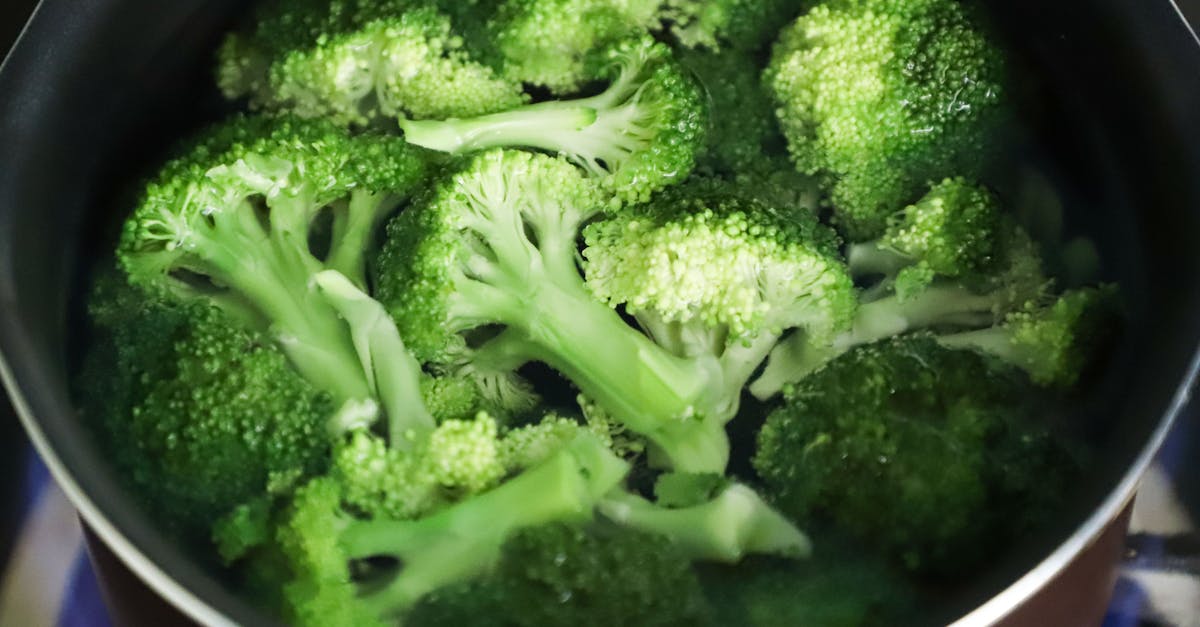Introduction: Why Go Gluten-Free?
Making the switch to gluten-free cooking can feel like a huge challenge. For many, it’s a dietary restriction, a lifestyle choice, or even a health necessity. But here’s the good news: gluten-free cooking doesn’t have to be complicated or bland. This year, why not make it your goal to embrace simple, delicious meals that keep your health in check without sacrificing flavor? It might surprise you how easy it can be to create satisfying dishes without a speck of gluten.
Whether you’re cooking for yourself or your family, this guide will help make gluten-free cooking simple, enjoyable, and most importantly, delicious. And who knows? You might even find yourself making meals so good that no one will even notice they’re gluten-free!
Gluten-Free Cooking Doesn’t Have to Be Hard
Many people think that cooking gluten-free requires special ingredients, complicated substitutions, or time-consuming recipes. But that’s far from true! The secret to effortless gluten-free meals lies in using naturally gluten-free foods and understanding how to adapt classic recipes. A few pantry swaps and a little creativity are all you need.
Let’s start by breaking down the most common misconceptions:
- Myth 1: Gluten-free means flavorless. False! Many gluten-free grains and flours, like quinoa, rice, almond flour, and chickpea flour, are full of flavor and texture.
- Myth 2: You need expensive, specialty items. Not true. Sure, there are some pricier gluten-free products, but a lot of gluten-free staples, such as rice, potatoes, and beans, are affordable and versatile.
- Myth 3: Gluten-free meals take hours to prepare. Nope. With a little planning and the right ingredients, gluten-free meals can be just as quick and easy as traditional ones.
Quick and Easy Gluten-Free Meal Ideas
Okay, let’s get practical. If you’re feeling overwhelmed about where to start, here are a few simple ideas to get you on the path to gluten-free cooking:
1. Stir-Fries and Bowls
A stir-fry or a grain bowl is a quick, customizable meal that’s naturally gluten-free. Start with a base like quinoa, rice, or even cauliflower rice. Then, add your favorite veggies, bell peppers, broccoli, carrots, or snap peas work great. For protein, try chicken, shrimp, or tofu. Top it all off with a gluten-free sauce like tamari (a gluten-free soy sauce) or homemade peanut sauce for a flavorful, satisfying dish. The best part? You can throw in whatever ingredients you have lying around, so it’s perfect for using up leftovers.
2. Gluten-Free Pasta
Just because you’re gluten-free doesn’t mean you have to give up pasta. There are tons of gluten-free pasta options available now, including rice pasta, chickpea pasta, and even pasta made from quinoa. Toss it with a simple marinara sauce, pesto, or make a quick “mac and cheese” using a gluten-free cheese sauce. The texture of gluten-free pasta can sometimes differ from regular pasta, but with the right sauce and a little patience, you’ll be enjoying your pasta dishes in no time.
3. One-Pan Meals
One-pan meals are a game-changer when it comes to gluten-free cooking. Throw everything into one pan or baking dish, pop it in the oven, and let it cook. For example, roasted chicken with sweet potatoes and Brussels sprouts is a simple and flavorful gluten-free meal. The best part is the cleanup is a breeze, which means more time to enjoy your meal and less time scrubbing pots!
Essential Pantry Staples for Gluten-Free Cooking
If you’re new to gluten-free cooking, stocking your pantry with the right ingredients is key. Here are a few essentials to make your gluten-free cooking stress-free:
- Gluten-Free Flour Blends: These are great for baking or thickening sauces. Look for a mix that contains rice flour, potato starch, and tapioca flour, as these are good all-purpose options.
- Rice and Quinoa: These grains are not only naturally gluten-free but also easy to cook and versatile. Perfect as side dishes or bases for bowls.
- Chickpea Pasta: A healthy, gluten-free alternative to regular pasta, packed with protein and fiber.
- Canned Beans: Whether you love black beans, kidney beans, or chickpeas, canned beans are an easy way to add protein to your meals without any gluten.
- Gluten-Free Oats: Not all oats are gluten-free (some are processed in facilities with gluten), but certified gluten-free oats are a fantastic breakfast or baking option.
- Tamari: A gluten-free alternative to soy sauce, perfect for stir-fries or any Asian-inspired dishes.
- Coconut Flour and Almond Flour: Great for gluten-free baking when you need a low-carb or nutty option.
Avoiding Common Gluten-Free Mistakes
As you get into the swing of gluten-free cooking, here are a few things to keep in mind:
- Cross-Contamination: If you live in a household where others eat gluten, be careful about cross-contamination. Use separate cutting boards, utensils, and cooking surfaces for gluten-free meals.
- Don’t Overcomplicate It: There’s no need to make every meal a complicated affair. Keep it simple, use whole foods, fresh produce, and naturally gluten-free ingredients to make meals that are tasty and nourishing.
- Watch Your Labeling: Not all products labeled “gluten-free” are created equal. Always check the ingredient list for hidden sources of gluten, such as malt, barley, or wheat starch.
Conclusion: Enjoying Gluten-Free Living
So, there you have it. Gluten-free cooking doesn’t have to be overwhelming or overly complex. With a few pantry staples, some simple meal ideas, and the right mindset, you can start creating delicious, satisfying meals that fit into your gluten-free lifestyle. Whether you’re looking to manage health issues, boost energy, or simply try something new, gluten-free cooking can be easy and fun.
The key takeaway? Keep it simple, use fresh ingredients, and get comfortable with basic swaps. Soon enough, gluten-free cooking will feel as second nature as any other meal preparation. Happy cooking!



